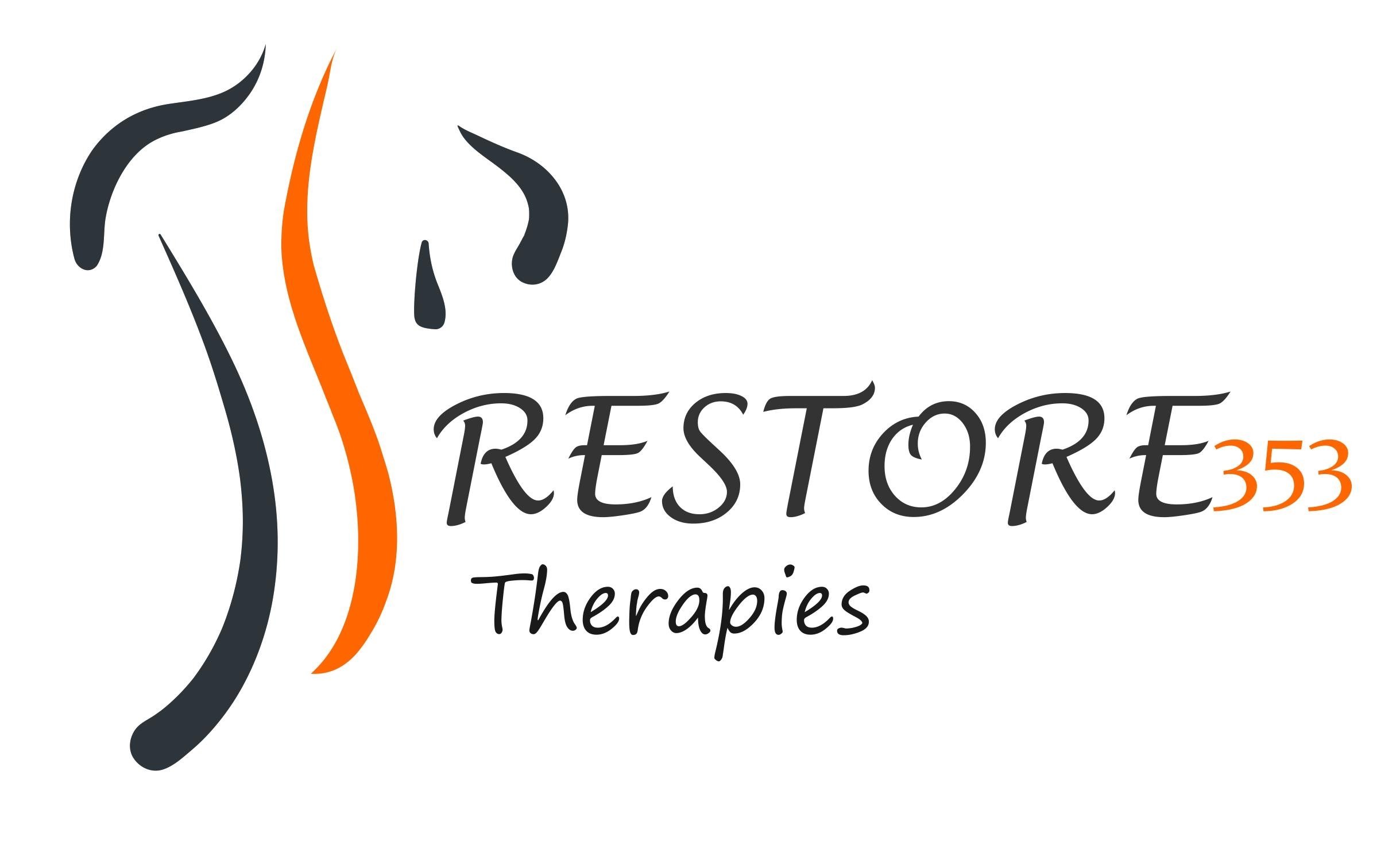Healthy Shoulders Part One
There are four joints that make up the shoulder joint: the glenohumeral, the sternoclavicular, the scapulothoracic and the acromioclavicular. It is a ball and socket joint, that involves coordinated movement and stabilization of the scapula and the humerus. It is one of the most mobile joints in the body. Because of this mobility chronic shoulder conditions and injuries such as: tendonitis, rotator cuff or biceps tendon tears, bursitis, impingement and instability, are common. Proper arm and shoulder blade position, stability and mechanics are key to maintaining strong and healthy shoulders.
Here are 5 easy exercises to promote healthy range of motion and mechanics with the shoulders. These exercises are cued lying supine on the floor, but can also be done in a standing or seated position.
VIDEO CREDIT: Restore353
1. Snow Angels
Begin lying on your back. Place the arms down by the sides of the body with the palms faced upward toward the ceiling. As you exhale, keeping the arms heavy and connected to the floor, start to drag the arms out to the sides of the body, into a “T” position. Avoid allowing the shoulders to roll forward and keep them relaxed away from the ears as the arms move. Inhale to pause. With control, exhale slowing returning the arms back down by the sides of the body. Focus on keeping the chest open, collar bones wide and the palms faced up towards the ceiling.
VIDEO CREDIT: Restore353
2. Arm Circles
Begin lying on your back. With an exhale, raise the arms towards the ceiling with palms facing one another. The arms should begin shoulder distance apart, and slightly lower than the top of the shoulder to allow the head of the humerus to drop in the socket. Start to draw small circles with the arms individually, allowing the arms to remain heavy in the socket and without hiking them towards the ears. Repeat the circles 8 to 10 times in one direction and then repeat the circles in the opposite direction.
VIDEO CREDIT: Restore353
3. Shoulder Protraction/Retraction
Begin lying on your back with the same position as the arm circles. As you inhale, reach the fingertips of both hands up towards the ceiling, allowing the arms to move forward in the socket. This should be done without widening the arms or raising the shoulders towards the ears. As you exhale, draw the shoulder blades back towards the spine, deepening the arms back into the socket, while keeping the collar bones wide. Repeat the exercise 8 to 10 times, focusing on a nice glide of the arms and protracting and retracting and shoulder blades.
VIDEO CREDIT: Restore353
4. Lat Stretch
Begin lying on your back with the same position as the arm circles. As you exhale, reach the arms back towards your head, without hiking the shoulders towards the ears. Focus on knitting the rib cage together and down towards the floor in the opposite direction. As you inhale, return the arms back to the starting position, while continuing to focus on widening the collar bones and avoiding the shoulders lifting towards the ears. Repeat the exercises 8 to 10 times.
VIDEO CREDIT: Restore353
5. Thread the Needle
Begin on hands and knees in quadruped position, wrists under the shoulders and knees under the hips. The neck should be nice and long, shoulders drawing away from the ears and collar bones wide. Inhale raising the right arm out to the side, into a T position. Exhale rotates the rib cage to allow the right hand to “thread” through the space between left arm and leg. Come down to the right shoulder, placing the head/right cheek and arm onto the floor (this can be modified to place the head on a pillow or bolster to decrease range of motion). Inhale to hold the stretch. Straighten the left arm onto the floor overhead, palm faced down. Continue to hold the stretch as it feels comfortable. Bring the left hand back in front of the face. As you exhale, straighten the left arm, untwisting the rib cage, shoulder and arm. Place the right hand back on the floor, returning to the starting quadruped position. Repeat this to the other side.

